The Benefits Of Using Multiple Pairs Of Running Shoes
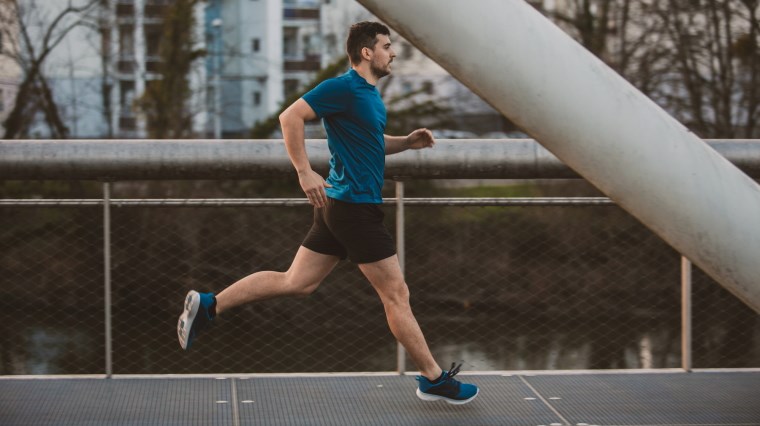
Shoe expert Reece Taylor explains the benefits of having multiple pairs of shoes in your shoe rotation, particularly if you’re running on consecutive days, are involved in specific running workouts or like to vary your fitness program by occasionally trading the road for the trail.
From reducing your injury risk to reinvigorating your workouts, having a variety of shoes on offer can help you keep on track of your training while keeping your footwear in top shape for longer.
Check out Reece’s tips and our summary below.
Physical Benefits: May reduce the chance of injury
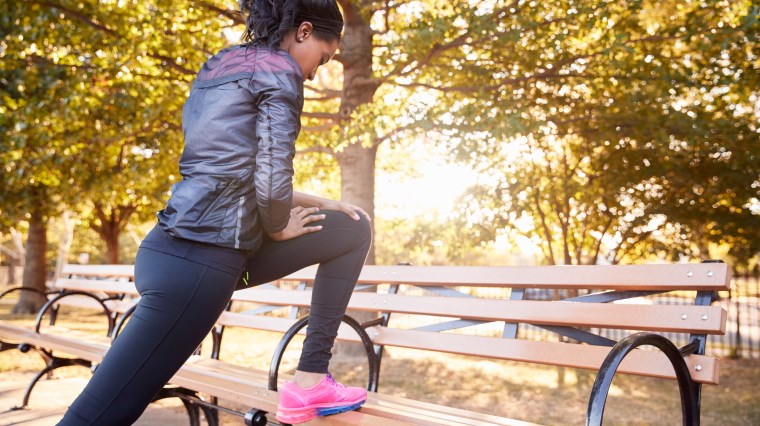
Allows the midsole to 'recover'
According to some manufacturers it can take 24 – 48 hours for the midsole of your shoe to ‘recover’ after a running workout and decompress back to its original state of cushioning and support. Some runners believe this rest period can ensure you get like-new cushioning for longer, increasing the lifespan of your shoes by giving the midsole foam time to ‘spring’ back into shape.
No matter where you sit on this topic of debate, it’s worth keeping in mind that the midsole is typically the first component of your running shoe to break down and the most important feature when it comes to protecting your feet from the natural physical stresses of running.
During repetitive impacts on the pavement, the shock-absorbing qualities of the midsole reduces the stress to your joints – minimising fatigue, soreness and your risk of injury out on the road. When the midsole degrades, it’s time for your running shoes to retire.
Changes the load on specific muscles
Having an additional shoe in your rotation not only improves the health of your shoes, but the health of your feet. Wearing the same shoe on your runs day in and day out means your body is consistently impacted in the same way – causing repetitive stress to specific joints, tissues and muscles, and potentially resulting in overuse injuries.
Alternating the model of your running shoes exposes your feet to different levels of heel elevation and cushioning or heel-to-toe drop and stack height. Lacing up in running shoes that even fractionally vary in their specs on paper naturally distributes the load on your muscles in different ways and shifts how the shock of running impacts your body.
In the same way cross-training is beneficial to ensure specific muscles aren’t overworked, alternating your running shoes limits targeted stress over a period time and allows muscles that would otherwise be underworked to strengthen and adapt.
Mental Benefits: Boosts your mood & motivation
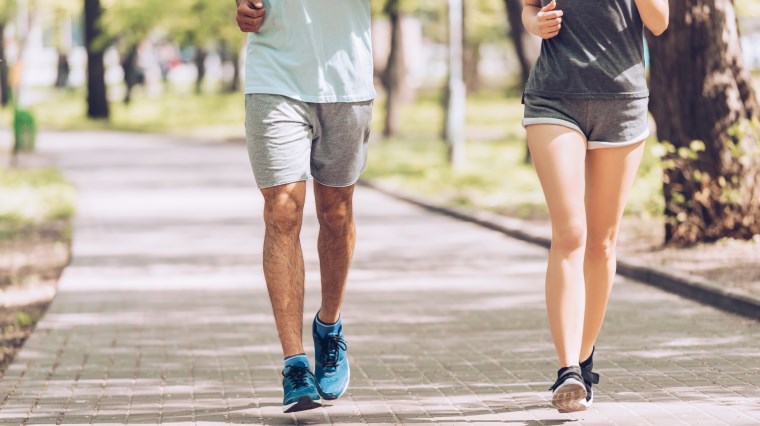
Runners of all skill levels can benefit from a change of routine – keeping you feeling empowered in your running workouts and motivating you to stay on track of your fitness goals. It feels good to keep it fresh and add flavour into your running program.
If you’re at risk of your training become monotonous or uninspired, having another pair of running shoes can reignite your motivation and nurture those mood-boosting vibes when you put foot to pavement. Like having a balanced diet and varying your meals to keep your tastebuds excited, having a range of running shoes in your rotation can keep you passionate about your fitness and inspire you out on the road.
Shoe Rotation Options:
Second pair of shoes for consecutive days
If you’re running nearly every day, adding a second road shoe to your rotation for consecutive days allows you to alternate between your footwear for your training. Not only does this extend the longevity of each running shoe by sharing the load of your training between shoes, but it reduces the targeted stress to your muscles and ligaments that you may otherwise experience in a one shoe only routine.
Specific shoes for specific running workouts
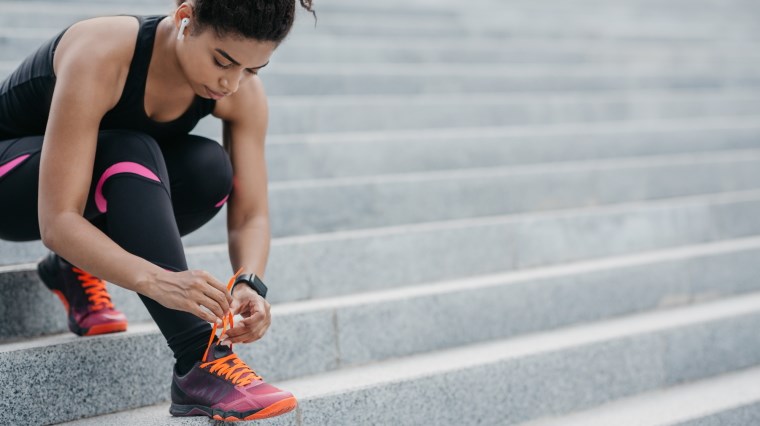
Having a specific shoe for each type of running workout is the smart way to run – empowering you to run faster or longer depending on your intended training session. Even when running on flat, predictable roads the way you workout can vary greatly and shift the requirements you have on your shoes as a runner.
For example, when comparing high mileage running shoes, interval/tempo running shoes and race day shoes side by side, their weight and level of cushioning is tuned to meet the demands of their intended purpose.
High mileage running shoes
High mileage running shoes prioritise comfort and potentially offer a higher stacked platform between your feet and the ground, particularly if they are in the max cushioned category. They cradle your feet in a protective, well-cushioned barrier to dampen hard and repetitive impacts, reducing fatigue over long distances.
For most runners, high mileage shoes are the one you’ll clock up the most time in. They usually can double up as an everyday trainer or be a running shoe you gravitate towards for marathon training or easy-going recovery runs.
If you were to choose only one shoe, this generally is the type that everyday athletes lace up in to kick-start and stick to a running routine with the durability, protection and support needed.
The Saucony Triumph 18, Brooks Adrenaline GTS 21, Asics GT-2000 9, Asics Gel Kayano Lite and Mizuno Wave Sky 4 are some fantastic options new to the high mileage category for the final stretch of 2020.
Interval / tempo running shoes
Interval/tempo running shoes are engineered for high intensity, heart-pumping runs where you pick up the pace and shed seconds off your personal best. An interval/tempo running shoe is considerably lighter than a high mileage shoe, offering more responsiveness and snap with a focus on speed over distance.
This running shoe category includes both ultra-light, fast and race-ready tempo shoes with more minimalist cushioning, and fractionally more cushioned tempo shoes for a touch more protection without overly compromising on speed. In both cases, the goal is to ensure a propulsive feel and efficient transitions between foot strike and toe-off.
Race day shoes
If we take this one step further, race day shoes like the Brooks Hyperion Elite 2 are for exactly that – stripping down any non-essential weight with lightweight engineering from the ground up. Their target market is elite, strong runners that spend less time in contact with their running surface, with a quick stride turnover or cadence.
They’re usually best suited for runners with less reliance on cushioning or support features like overpronation control and structured heel counters, which may be cut out for the purpose of weight reduction. Their goal is to put your energy to good use for faster race times.
Although there is potential cross-over between high mileage, interval/tempo running shoes and race day shoes, it’s certainly worth having the right shoe for the right job to improve your comfort during endurance training or elevate performance when speed is a primary focus.
Any shoe you choose must be comfortable for you personally and cater effectively to your foot strike (heel, midfoot, forefoot) and foot type (overpronated, supinated or neutral).
Running Surface: Road vs trail
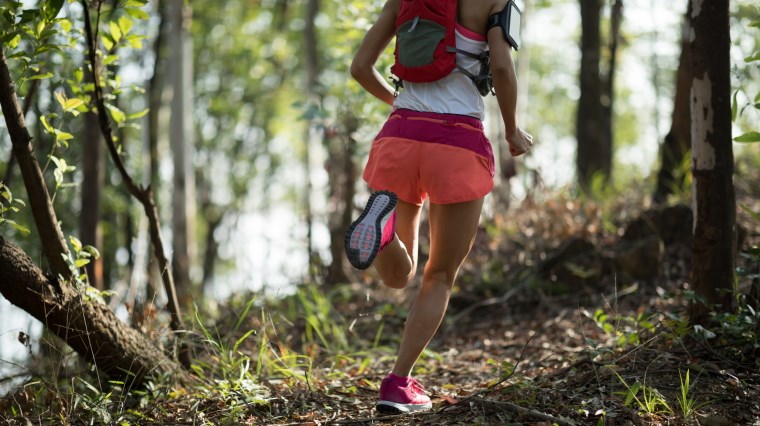
When it comes to road running vs trail running shoes, it’s important to know that trails and natural terrain put different physical demands on your feet and body than hard road surfaces so you need a shoe suited for that purpose – for the longevity of your shoes, your comfort and protection.
Consistently taking your road shoe to the trail risks both the safety of your feet and your shoes becoming damaged or breaking down early. You wouldn’t want to put standard road tyres on an off-road bike as this would sacrifice comfort, protection and grip - and the same goes for your shoes.
Plus, it’s fun to get dirty and wear it with pride with trail shoes like the Brook Catamount, while keeping your road running shoes dedicated to everyday training or their intended purpose.
The Wrap Up
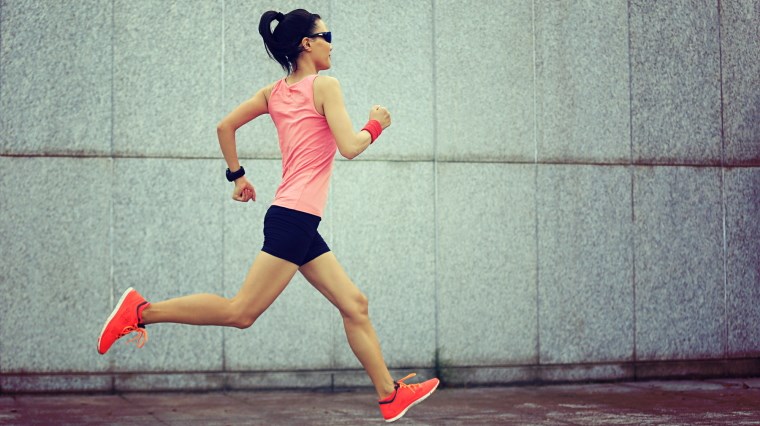
If you’re increasing your running load or looking to diversify your running routine, it’s well worth having more than one shoe in your running rotation.
Rotating between running shoes changes how running stresses act on your body based on the cushioning and elevation beneath your feet. This can be as simple as alternating between two different road shoes to keep you motivated, moving better and with less risk of injury.
Having session specific shoes for high mileage running and tempo runs can help you move towards your fitness goals – whether you’re seeking to improve your endurance or speed, need a workhorse for everyday training or a secret weapon for breaking records.
Designed for their intended purpose, running shoe brands engineer their shoes with lightness versus protection in mind – keeping road shoes lighter for shorter, faster runs or more cushioned for longer, slower runs.
When it comes to the running surface beneath your feet, trail running shoes offer durability, protection and traction designed to meet the demands of unpredictable, natural terrain. Keeping your routine fresh with a trail-specific shoe lets you leave you road running shoes to do what they do best.
All up, having multiple shoes in your rotation ensures your feet and body will move happier and that your running shoes will live longer.
Subscribe to our YouTube channel so you never miss out on the latest RunTV episodes, shoe reviews and other practicals tips for runners.
